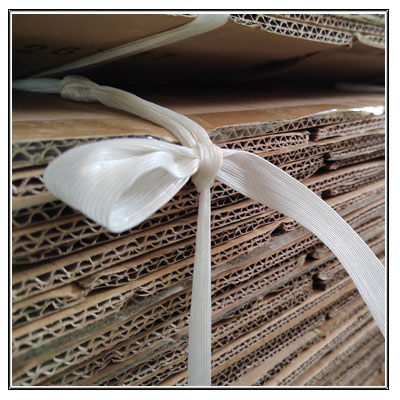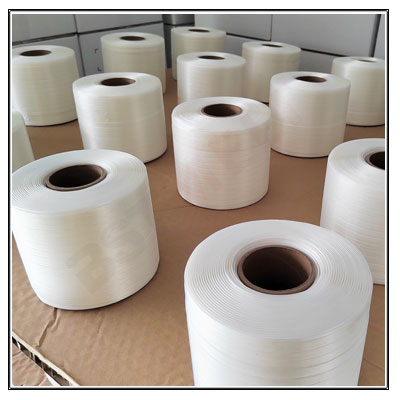- +86 136 65744767
- 09:00 AM - 5:00 PM
In recent years, the waste management industry has been facing a constant challenge of handling increasing volumes of waste. Baling straps, also known as banding or tape, have become an essential component in this process, as they provide a reliable and efficient way to bind and transport waste materials. As the industry continues to evolve, the demand for innovative baling strap solutions has increased significantly. This article will explore the benefits of using various sizes of baling straps for different types of balers, as well as the advancements being made in this field.


The Importance of Baling Strap Size Variety:
Baling straps come in a wide range of sizes to accommodate the diverse needs of waste management facilities. From small, lightweight straps for residential waste to heavy-duty straps for industrial waste, having the right size ensures optimal performance and efficiency.
1. Residential Waste: Lightweight baling straps are ideal for Bundle household waste such as paper, plastic and fabrics. These types of straps are typically made from polypropylene or polyethylene, which offer good stretch and tear resistance.
mercial Waste: Commercial waste, such as cardboard and paper waste, requires stronger baling straps. Polyester or nylon straps are commonly used for these applications, as they offer greater strength and durability.
3. Industrial Waste: Heavy-duty baling straps are necessary for handling large volumes of industrial waste, such as scrap metal and construction debris. These straps are typically made from steel or polyester and can withstand extreme loads.
Innovations in Baling Strap Technology:
As the demand for efficient waste management solutions continues to grow, baling strap manufacturers are constantly developing new technologies to meet evolving industry needs.
1. Biodegradable and Recyclable Straps: In response to growing environmental concerns, manufacturers are now producing biodegradable and recyclable baling straps. These straps are made from natural materials, such as cornstarch, and can be easily broken down in landfills or recycled at the end of their lifespan.
2. Smart Straps: Some companies are developing smart baling straps that can monitor and report on key performance indicators, such as tension, temperature, and strain. This data can help waste management facilities optimize their operations and reduce costs.
3. Customizable Straps: To cater to the unique needs of individual waste management facilities, some manufacturers are now offering customizable baling straps. These straps can be tailored to specific dimensions, tensile strengths, and other requirements, ensuring optimal performance in any application.
Conclusion:
As the waste management industry continues to evolve, the demand for innovative baling strap solutions will only increase. By offering a wide range of sizes and incorporating advanced technologies, baling strap manufacturers are playing a crucial role in helping waste management facilities streamline their operations and reduce costs. As we look to the future, it is clear that baling straps will remain an essential component in the efficient and sustainable management of waste materials.

BSTSTRAP
No.30 building, Wuxing High-tech Venture Park
Huzhou City, Zhejiang Province,China
Whatsapp:+86 136 6574 4776
Monday to Saturday 9 am to 5 pm
hailey@bststrap.com
Send us your enquiry anytime!